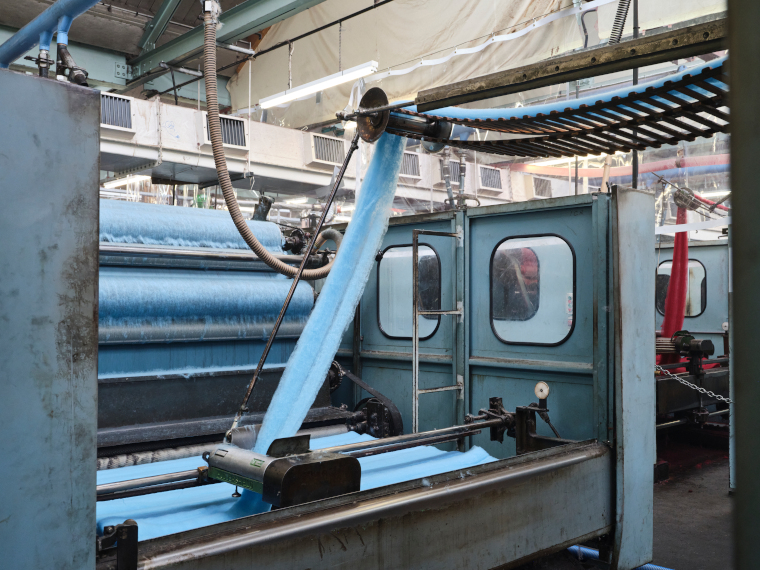I recently flew to Inverness to spend a day exploring Johnstons of Elgin’s fascinating mill, learning all about this historic company along the way and, to top it all, the sun was shining
Founded in 1797 by Alexander Johnston, the woollen mill originally produced textiles for clothing including a tweed woven for Queen Victoria and Prince Albert’s Balmoral estate. By 1818 the company was making blankets for local hospitals and around 15 years ago diversified into the interiors market with fabrics by the metre including tweeds, a flannel herringbone and tactile sateen jacquard. Last year their first collaboration with an outside designer resulted in a jubilant lamb’s wool collection by Ben Pentreath.
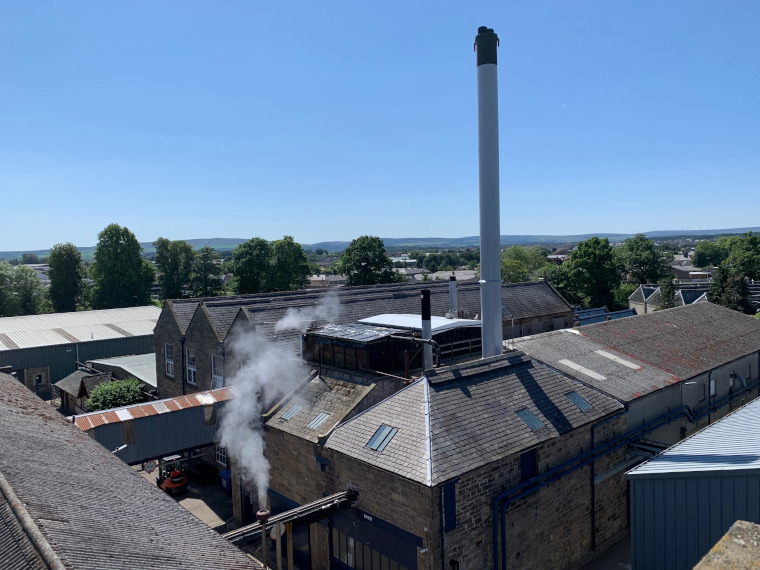
Johnstons of Elgin is now the last remaining fully vertical mill in Scotland, which means that everything is done on site from the raw material arriving in bales to be manufactured into clothing and accessories that are then sold from the tempting onsite boutique as well as all over the world.
Stowaways have also been known to arrive at the mill. A fine pistachio tree stands in the grounds, probably the result of a seed that hitchhiked over from China in a consignment of cashmere during the last century.
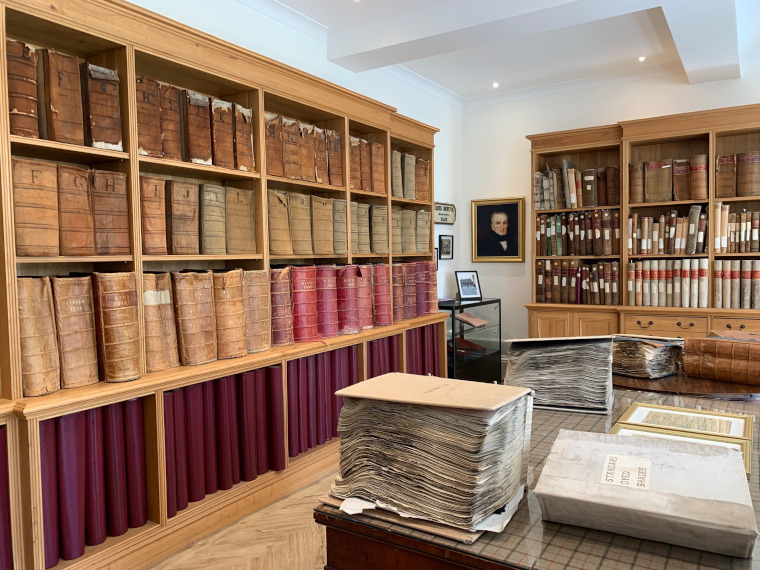
If you find yourself in Elgin, I thoroughly recommend booking a tour of the factory. You can follow raw cashmere and wool as it is dyed, blended, spun and woven. Fascinating insights include the giant blending bins where dyed fibres cascade round like snow and the brushing out of the freshly woven cloth using teasels – yes actual teasels as apparently they give the best results. Johnstons of Elgin represents the perfect mix of old and new, valuing its 226 year heritage while updating its products and processes to meet contemporary demand.
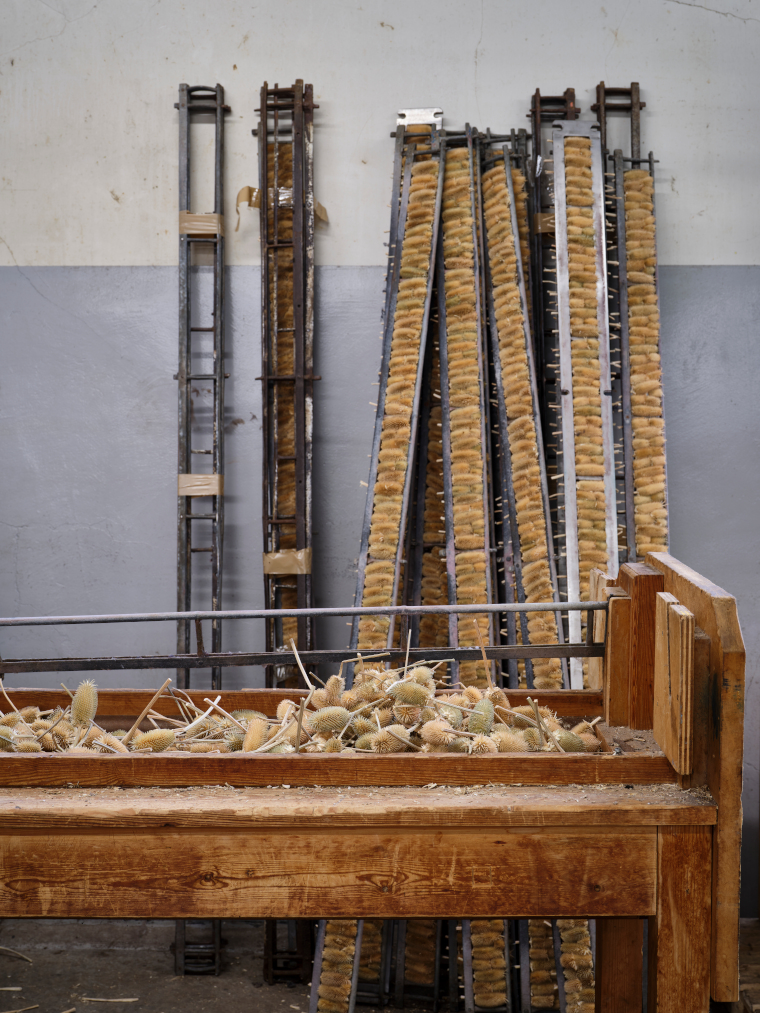
The tour also takes in a climb up the clock tower where, on a fine day, you can view the Cairngorm mountains, and a visit to Alexander Johnston’s original house which now holds the company archive. This is where Ben Pentreath found inspiration from yarns used in the 1940s for his colourful designs.
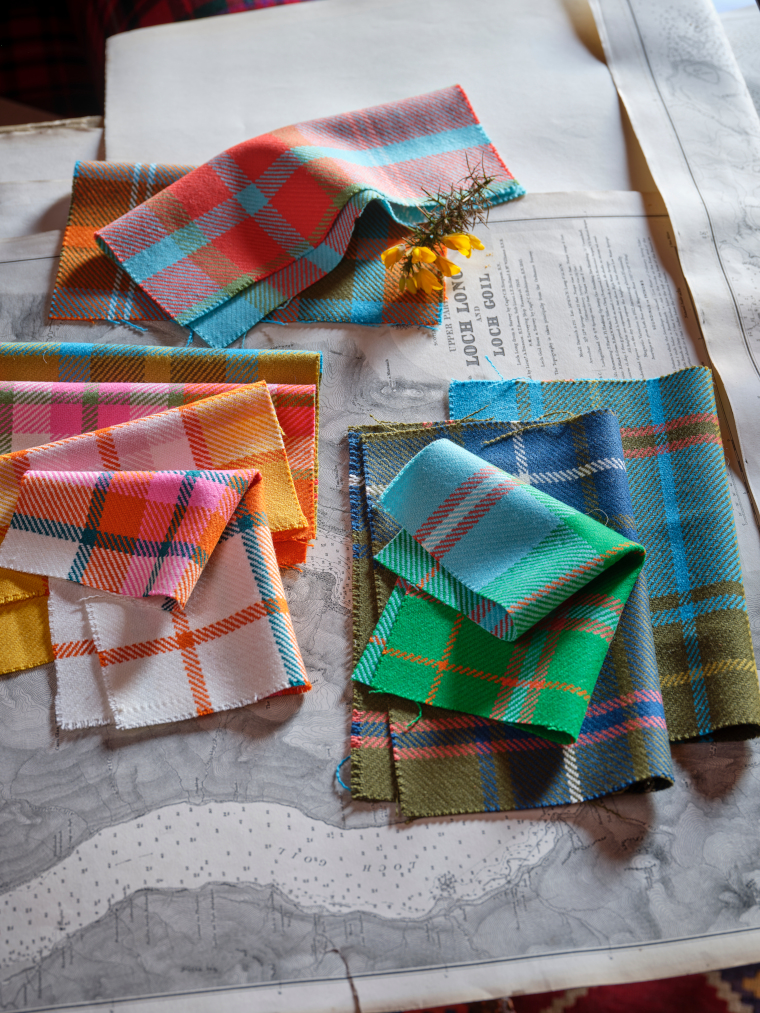
It takes a year for the design and production process, longer for bespoke items. This is not quick but it is thorough, resulting in exceptionally high quality products. The company is also committed to sustainability having been awarded The Queen’s Award For Enterprise – sustainable development category, which recognises organisations developing products and services that have a positive impact on the environment, society and the economy.
Photo credit: James Merrell and Elspeth Pridham
